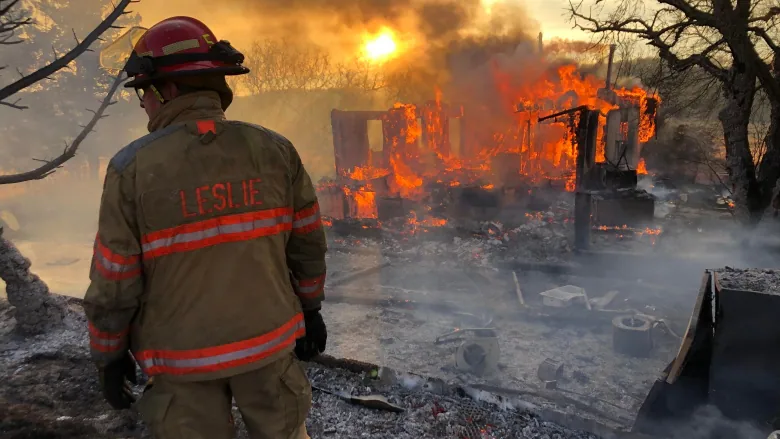In previous blogs we’ve discussed the obvious life-safety and property-saving benefits of home fire sprinklers.
Fires have evolved in the past two decades. They are faster and more toxic due to the synthetic content in homes and emerging technology such as lithium-ion batteries. Modern methods of construction and open floor plans lead to faster growing and larger fires.
There is also evidence that fires are adversely impacting firefighters. Firefighting tactics have had to change to increase awareness that modern construction is not a friend to fire fighting, and, more concerning, firefighter cancers are on the rise.
What if there was a simple, effective and low-cost silver bullet that neutralizes these factors? Well, there is – home fire sprinklers.
In the summer of 2023, the International Agency of Research on Cancer (IARC), the specialized cancer agency of the World Health Organization, declared fire fighting as a Group 1 carcinogen. This means researchers found evidence to link the job to the risk of certain cancers.
Fire fighting is one of only five occupations to receive this designation.
In Canada, in 2023, 95 per cent of on-duty deaths among Canadian firefighters were linked to cancer.
A 2018 study found cancer killed Canadian firefighters about three times more often than the general population. Between 2005 and 2016, 86 per cent of occupational fatality claims for Canadian firefighters were linked to cancer.
In May, the Government of Canada produced a report called Informing a national framework on cancers linked to fire fighting. The report highlighted the many challenges Canadian firefighters face getting coverage for cancer diagnoses related to firefighting activities, proper protective equipment, and awareness of decision makers. Firefighters indicated that successful implementation of cancer prevention efforts relies on adequate equipment and protective gear. The challenges firefighters face were also highlighted in a recent CBC article, https://www.cbc.ca/news/canada/saskatchewan/firefighters-cancer-risk-1.6794114. What if fires were extinguished or contained well before firefighters arrive on scene? Sprinklers do just that!
In addition to cancers, firefighters face major challenges on the fire ground. Tactics have had to evolve over the past two decades because of changes in building construction and compartment fire dynamics. Unlike the U.S. codes, Canadian building codes do not have a performance requirement for floors; they are not required to remain structurally sufficient for the required duration for firefighters to perform primary and secondary searches of the home. This can be especially dangerous in the case of basement fires. Firefighters enter the structure without knowing the location of the fire and are expected to perform primary and secondary searches for occupants.
Testing by the National Research Council (NRC) of Canada has shown that unprotected manufactured I-joists can fail in as little as six minutes from the start of a basement fire – approximately the same time that a well staffed municipal fire department would be arriving on scene.
Many Canadian fire departments have had close calls during which firefighters have gone through floors. Canada does not have a close call reporting system and has been very lucky to date. The same NRC testing evaluating floor performance tested sprinklers in basement fires. The results? At no time did the floors collapse or the condition in the dwelling unit become untenable. The U.S. model codes have addressed this; they require basement ceilings to be protected unless the home is protected throughout by home fire sprinklers.
Simply put eliminate the fires and firefighter injuries on the fire ground and cancers decline. Sprinklers contain or extinguish the fire until firefighters arrive. When home fire sprinklers are installed, firefighters can investigate and fully extinguish a fire in a safer environment.
Following a fire in a sprinkler-protected property, firefighters will help with the clean up, reactivate the sprinkler system, and give an all clear to the occupants to return home.
Firefighters decontaminate, return to their station, and at the end of shift return to their families safer and healthier than if they had responded to a fire in a building without home fire sprinklers.
Through building and development incentives the cost to install sprinklers can be offset or even eliminated. If more Canadian municipalities and developers start building now with sprinklers, we can add one more tool to the arsenal we use to reduce firefighter injuries and cancers. Sprinklers just make sense.

